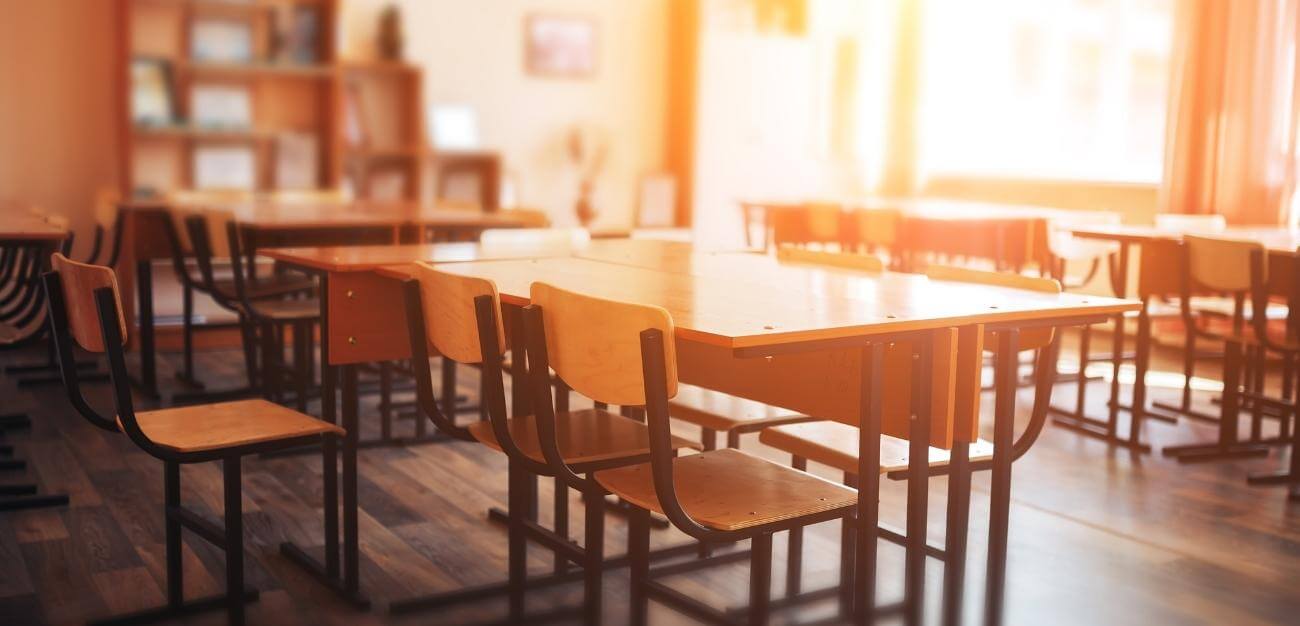COVID has had a significant impact on our schools and education. One of the most visible effects has been the increase in school absences. Recent data shows that school absence rates have spiked in recent years, which has clearly impacted student performance. Schools are now struggling to find ways to deal with the potential influx of absences if an increase in COVID is seen again this year. Some schools are considering online learning again, while others are looking at ways to increase classroom sizes.
With so many children missing days of learning, something needs to be done to ensure they stay on track. The Ontario government has stepped in with their Learning Action Recovery Plan, subsidizing outside help, including math tutoring services. Whatever the solution, it is clear that COVID has brought the issue of school absences into sharp focus.
Last Year’s Absence Rates
While the new school year has just started, the absence rates from last year are troubling. More than 300 Ontario schools reported student and staff absences of more than 30 percent on average. The data from the last school year did include all absences, not just those that might be related to COVID-19, so it is difficult to gauge the impact of the pandemic. Other than COVID-related absences, weather or technical errors were among the other reasons for staff and children not being recorded as being present. However, no matter the reason, student absences have been on the rise and are causing problems.
The bulk of the news coverage around student absenteeism over the past school year centred around the challenges of reaching students remotely. Students were missing classes because they lacked a digital device at home, or a reliable internet connection, while for other students, the pandemic forced them into childcare responsibilities that made attending school a lower priority than usual. Teachers also reported that taking attendance in remote learning was more difficult.
The “New Normal”
With schools being forced to close and virtual classrooms becoming the “norm” over the past couple of years, children have had to adapt to a new way of learning. They have also gotten used to missing lessons or days on end of schooling.
Before COVID, it would be an extreme problem if a child was absent for so many days, but now with the threat of COVID, it is all par for the course. But what does this mean for children? How is their absence or their teacher’s absence affecting their learning?
Research shows that children’s education has been greatly affected by the pandemic. While it is too early to tell exactly what aspect has led to this missed learning, we can only assume that absence rates play a large role. If a student isn’t in a classroom (virtual or real), it is impossible for them to learn.
Home Schooling
While some parents have been able to homeschool their children, others have not had the time or resources to do so. As a result, many children have missed out on critical instruction and interaction with their peers.
One of the most important aspects of getting an education is peer interaction. Children learn social skills and how to interact with others when they are in a classroom setting. They also benefit from the instruction of a teacher. When children are not in a classroom, they miss out on these important aspects of their education, and as a result, many children have faced a gap in learning during the pandemic. While some parents have done an admirable job of homeschooling their children, it is clear that for the majority, the best way for children to receive an education is in a classroom setting.
Learning Growth
Studies are now beginning to show that students’ learning growth over the past couple of years has not progressed as it should, meaning some children have experienced the “COVID slide.” This slide shows that students are ending the school years with lower achievements compared to a typical year, with larger declines relative to historical math trends than reading. Unfortunately, experts warn this will only get worse. Due to the lack of proper education, they expect students’ growth rate in math to slow even more in the next few years.
Due to this gap in learning, it is vital to get them the help they need now so they can get caught up quicker than expected. With Ontario’s Learning Action Recovery Plan, students are able to get the help they may need to catch up on any missed learning. This plan is designed to help students who have been struggling in school catch up and get back on track. It invests heavily in tutoring support and includes summer learning, a focus on reading, math and other foundational skills, as well as targeted initiatives intended to address unique barriers that some students may face. This will help bridge students’ learning gaps, support academic success, and focus on overall mental health and wellness. Ontario’s plan is based on the latest scientific evidence and will provide Ontario students with the resources they need to succeed.



